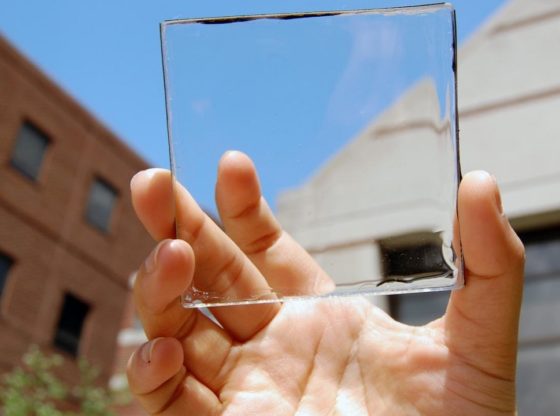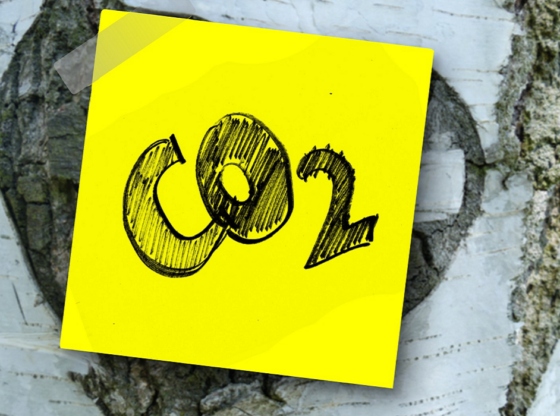
Cambridge researchers have discovered a new material group that could contribute to flash-charged batteries. It’s all about crystalline structures.
We have become used to the fact that all technology is constantly shrinking, becoming faster – and at the same time cheaper to produce. The exception has been batteries, but progress is proceeding and the amount of resources invested into battery technology research is increasing remarkably, with ever increasing demand. Now, research at the University of Cambridge can now open up for a real field of research.

In their simplest form, batteries are made of three components: a positive electrode, a negative electrode and an electrolyte. When a battery is charging, lithium ions are extracted from the positive electrode and move through the crystal structure and electrolyte to the negative electrode, where they are stored. The faster this process occurs, the faster the battery can be charged.
It has been seen that lithium ions can move much faster through materials with a complex crystalline structure than what is the case with traditional electrode materials. A new discovery could provide much faster battery charging times, with researchers looking at a niobium/tungsten oxide. Although the substance did not provide a higher energy density during a typical cycle, it proved to have a major impact when it comes to fast charging.
The niobium tungsten oxides material offer far less opposition inside the battery, which permits emphatically charged particles to movement several times speedier than they would through regular earthenware terminal materials. Even better, researchers say niobium tungsten oxides are easier to manufacture and don’t require any extra synthetic compounds or dissolvable used to manufature batteries today.
The physical structure and chemical behavior of the material have given scientists valuable insights into how to construct a safe and super-fast battery. The results indicate that next-generation batteries will be based on unconventional materials.
In addition to paving the way for mobile phones that are fully charged in a few minutes, the new materials can eliminate major technical barriers in two important environmental areas – electric cars and networks for storage of solar energy.
“We’re always looking for materials with high-rate battery performance, which would result in a much faster charge and could also deliver high power output,”
– Dr Kent Griffith, a postdoctoral researcher in Cambridge’s Department of Chemistry and the paper’s first author.
In the search for new electrode materials, researchers normally try to make the particles smaller.
“The idea is that if you make the distance the lithium ions have to travel shorter, it should give you higher rate performance,”
“But it’s difficult to make a practical battery with nanoparticles: you get a lot more unwanted chemical reactions with the electrolyte, so the battery doesn’t last as long, plus it’s expensive to make.”
– Kent Griffith.
Producing nanoparticles can be complicated and they can hardly be difficult to pack close together. However, Niob / tungsten oxide has a larger particle size than many other electronic materials, and its open structure does not trap the inserted lithium.
Furthermore, Niob / tungsten oxide is easy to manufacture, and Cambridge’s measurements showed that the lithium ions moved many times faster than with more typical electrode materials. Although the oxides have excellent lithium transport rates, they do lead to a lower cell voltage than some electrode materials. However, the operating voltage is beneficial for safety and the high lithium transport rates mean that when cycling fast, the practical (usable) energy density of these materials remains high.
Reference:
Kent J. Griffith, Kamila M. Wiaderek, Giannantonio Cibin, Lauren E. Marbella & Clare P. Grey (2018) “Niobium tungsten oxides for high-rate lithium-ion energy storage” Nature volume 559, pages 556–563 doi: 10.1038/s41586-018-0347-0











![OpenAI. (2025). ChatGPT [Large language model]. https://chatgpt.com](https://www.illustratedcuriosity.com/files/media/55136/b1b0b614-5b72-486c-901d-ff244549d67a-350x260.webp)
![OpenAI. (2025). ChatGPT [Large language model]. https://chatgpt.com](https://www.illustratedcuriosity.com/files/media/55124/79bc18fa-f616-4951-856f-cc724ad5d497-350x260.webp)
![OpenAI. (2025). ChatGPT [Large language model]. https://chatgpt.com](https://www.illustratedcuriosity.com/files/media/55099/2638a982-b4de-4913-8a1c-1479df352bf3-350x260.webp)








